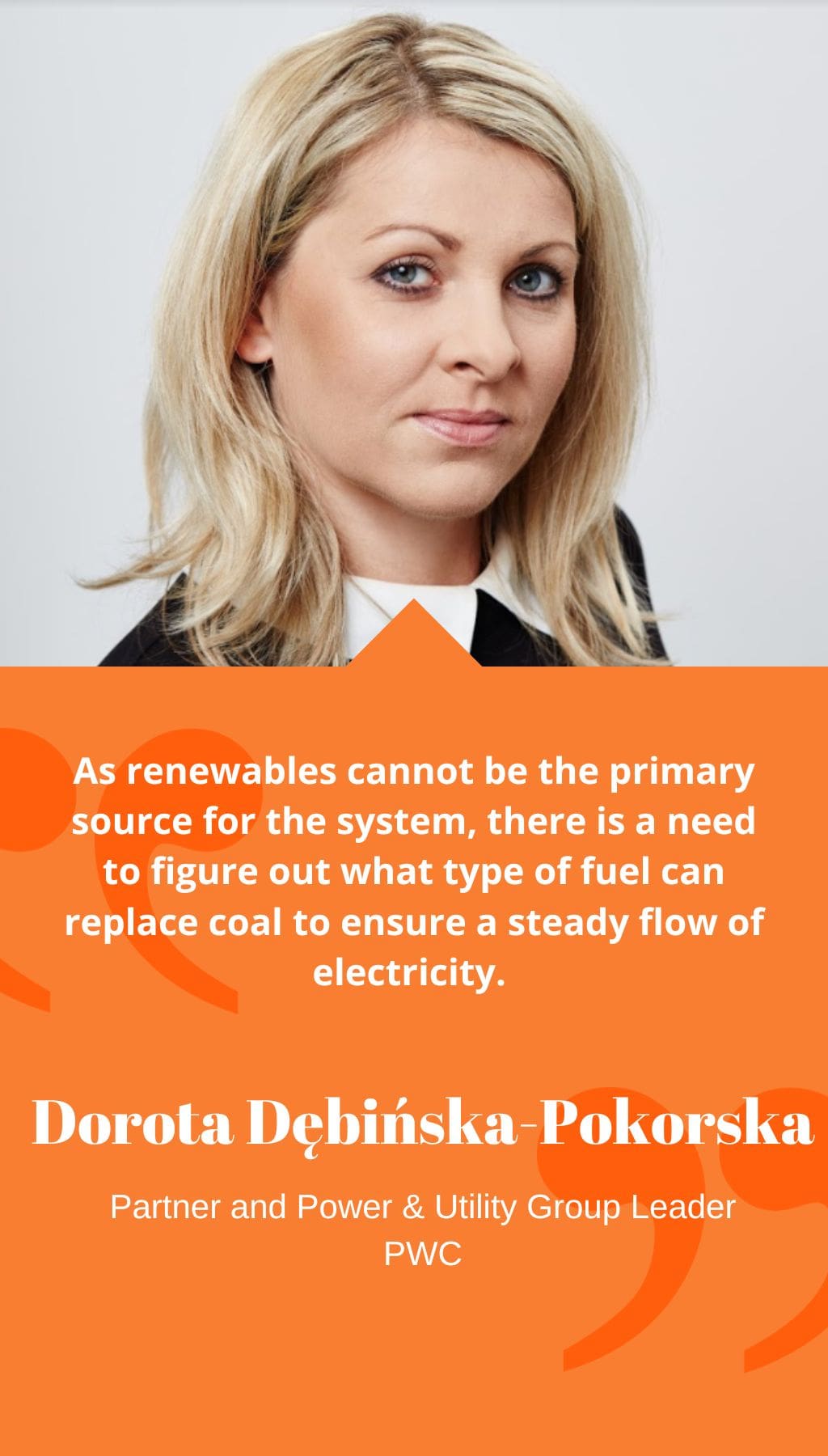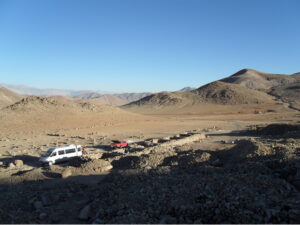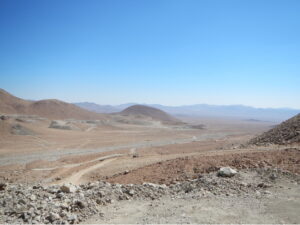
- Poland | 19 September 2019

When considering the energy market in Poland, where is most of the activity taking place at the moment?
Currently, the primary focus in the energy market in Poland is on the development of renewables, with the photovoltaic (PV) segment accounting for up to 80% of market activity. This is due to the functional auction system that has been put in place. Additionally, the political decision to launch offshore projects is a crucial matter, and by 2025, there will be a significant volume of MW generated this way. There are also investors showing interest in acquiring district heating networks, including the generation sources.
Regarding offshore projects, what is needed for this sector to flourish in Poland?
The most important factor is having the bill ready and authorized by the European Commission, particularly if Polish companies wish to work on these projects with foreign partners. There is also a heated debate regarding the support system for offshore in Poland. The speaker believes that starting with CfD, the safest way to ensure investors will have a fair return on the investment, is the best way to shape the support system.
Given that December 2019 marked the last capacity market auction that allowed coal-fired facilities to participate, what alternatives can Poland rely on going forward?
This is a critical question for the Polish market since conventional plants are fired by coal (lignite and hard coal), and there is no solid alternative. As renewables cannot be the primary source for the system, there is a need to figure out what type of fuel can replace coal to ensure a steady flow of electricity. Although there has been some discussion about a nuclear plant, it is not yet operational. Thus, gas could become crucial.
Why are companies in Poland not adopting new technologies at a faster pace, given that Poland’s DESI index is among the lowest in the EU?
According to the speaker, this is partly due to Poles’ nature of feeling comfortable as followers, rather than innovators. The speaker believes that Poles are likely to wait until these new technologies are adopted by 100 other countries in the world first, to be sure that they do not pose a risk to the market. Furthermore, Poland lacks a central point to cover readings from meters and exchange information between distribution system operators. The retail market is also underdeveloped, which makes it challenging to ensure a fast-switching supplier process, resulting in insignificant competition.
What will be the priorities for PwC’s Energy Department in the coming years, as the energy transformation unfolds?
The speaker predicts that the major part of PwC’s business will be connected to renewables, with a significant development in photovoltaics for private households. A handmade PV installed on a balcony costs less than 600 euro and provides 25% of the total household electricity consumption. This will also impact the distribution system and the way traditional, vertically integrated state-owned energy companies work.
How did the Polish energy market react to the COVID-19 outbreak?
Renewable energy proved to be very resilient throughout the crisis. It is becoming apparent to everyone that we need to keep pursuing this path, and utilities should invest more in this area, not just for profitability but also for securing the supply of electricity.
In what ways do you think the world will look differently after the crisis?
The speaker believes that the world has become more digitalized globally in just two weeks after spending years talking about it. It is impressive how quickly everyone adapted to the remote model, which could be maintained for some workers going forward. Additionally, there may be changes in behavior patterns out of fear that the virus might come back. However, the speaker trusts that people will continue to come together, as we all need each other and will want to share coffee and beers again once everything settles down.














